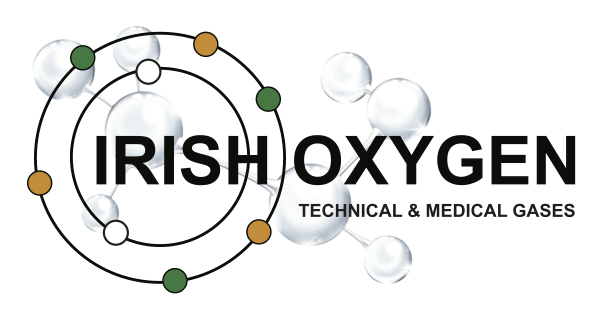Short for Accord Européen relatif au transport international des marchandises Dangereuses par Route, also known as the European Agreement concerning the International Carriage of Dangerous Goods by Road.
Under ADR regulations to which Ireland is a signatory, anyone transporting gases in cylinders must comply with these regulations.
These regulate the training required by the driver of the vehicle as well as any helpers or passengers in the vehicle. They also regulate the type and markings of cylinders used as well as the type and markings on vehicles and the quantities permitted.
The following is only a guide and the regulations themselves should be checked.
The more complex regulations apply when gases are transported in excess of a specified threshold (see calculation method and table below). These include:
- The driver must hold a permit issued by the Health and Safety Authority in Ireland.
- The driver must have a transport emergency card (tremcard) for each product carried.
- Cylinders must be manufactured to approved specifications and correctly marked.
- Vehicles and the equipment carried must comply with specification.
- Vehicles must display dangerous cargo markings and carry specified documentation and transport emergency cards in respect of the load being transported.
Calculation of the threshold for gas quantities is as follows:
- Every cylinder transported has a transport unit value, irrespective of whether it is full or empty.
- Transport unit value for a cylinder with compressed gases is equal to its capacity in litres.
- Transport unit value for a cylinder which contains a liquefied gas (e.g. carbon dioxide, nitrous oxide) is equal to the net weight in kilograms of product in it.
- Transport unit value for an acetylene cylinder in which the acetylene gas is dissolved is equal to the net weight in kilograms of acetylene in it.
- Gases are divided into flammable and non-flammable categories.
- The threshold is 333 transport units for flammable gases and 1000 transport units for non-flammable gases.
- For a combination of flammable and non-flammable, multiply the flammable total by 3 and add to the non-flammable. The threshold for the combination is 1000 transport units.
Below is an easy calculation table for some of the most common gases and cylinder sizes:
